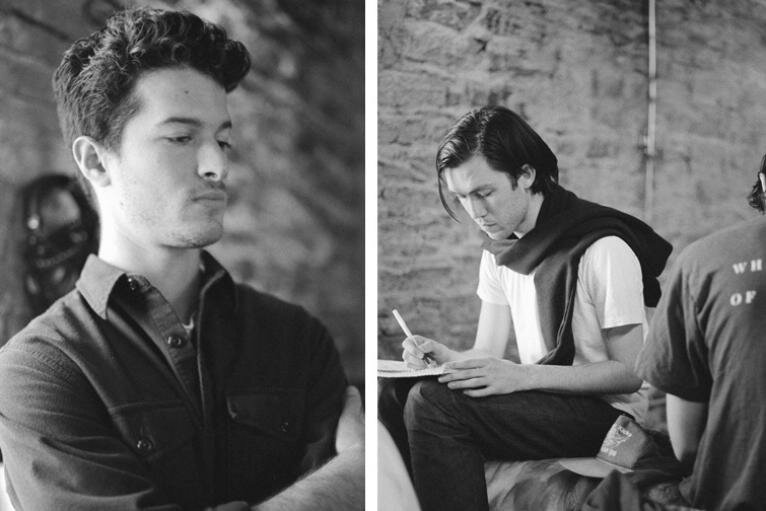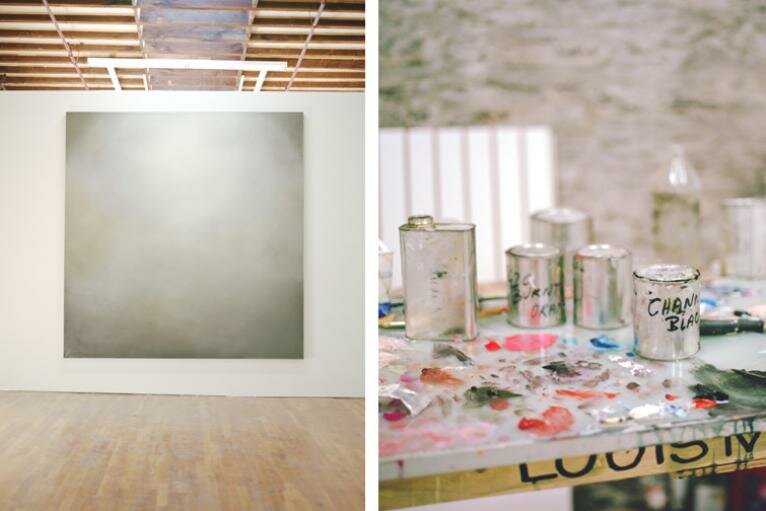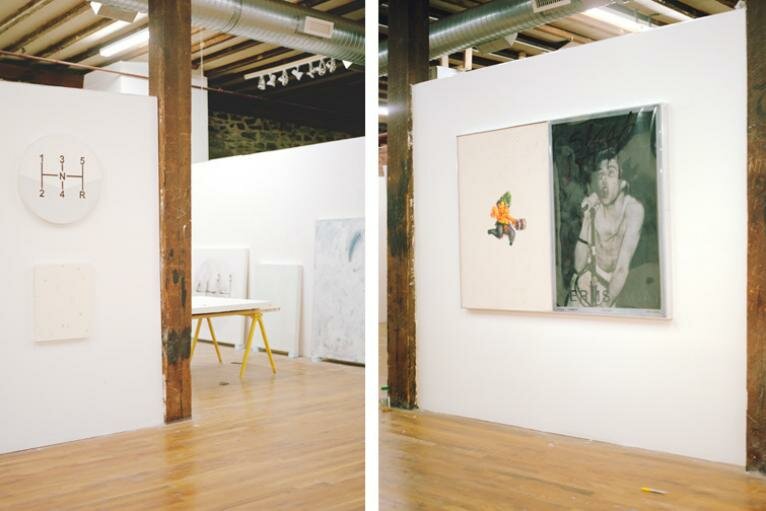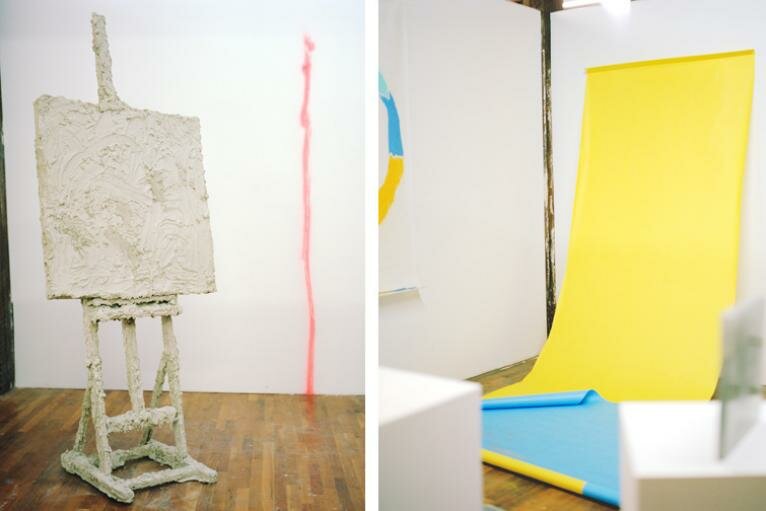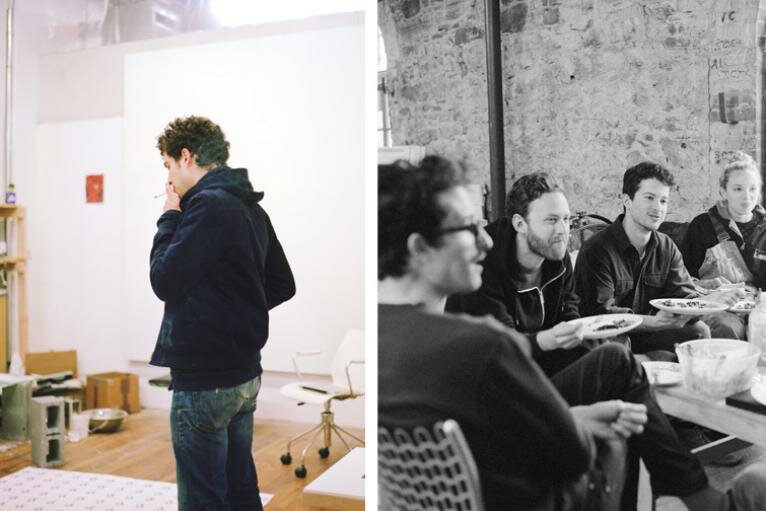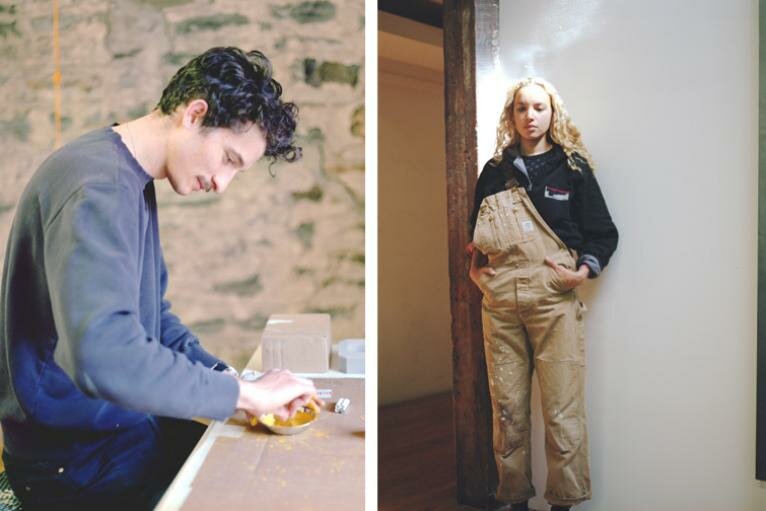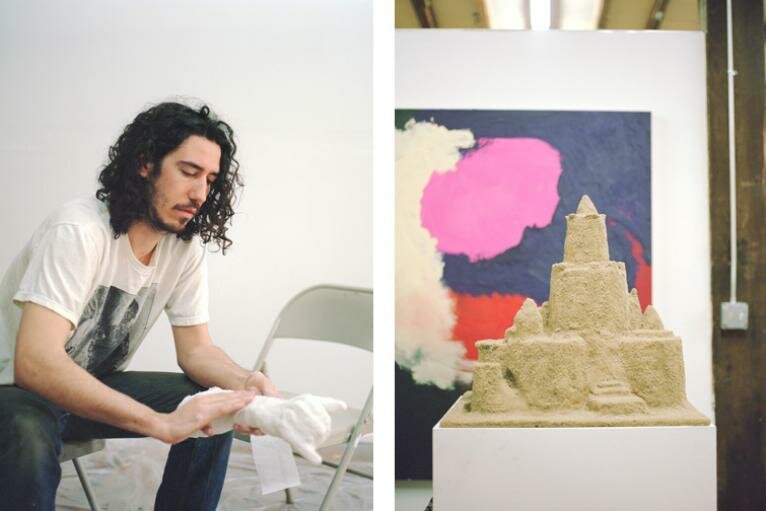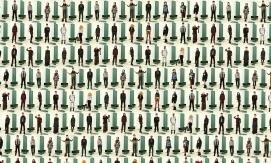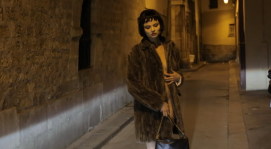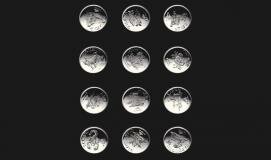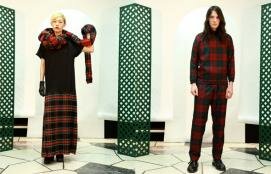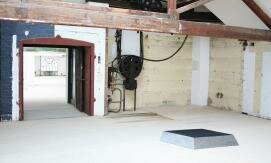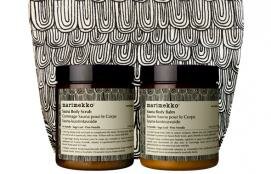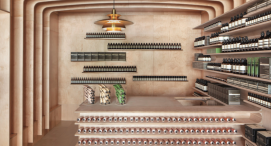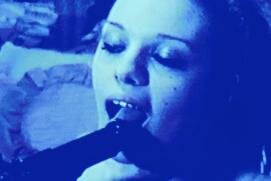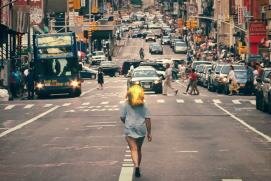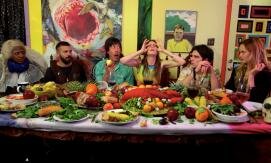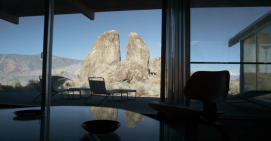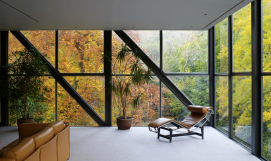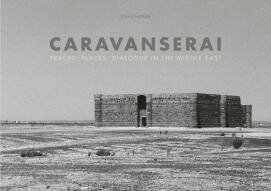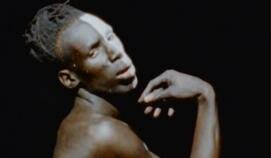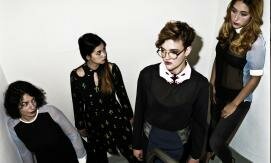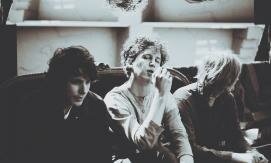- 1
- 2
- next ›
- last »
When we set out to start POST NEW, we set a pretty clear frame work. We wanted to document gamechangers or influential movements. That didn't mean they had to be current, we referred to the term newness as something that described change in any time or era. The Still House is an emerging arts organization that is artist run; the perfect place to incubate the next generation of gamechangers.
Based in Red Hook, Brooklyn, New York, Still House is the home of such artists as Lucien Smith, Jack Greer, and founders Isaac Brest and Alex Perweiler. We spoke to Isaac about what makes Still House important and what they are doing to be proactive to encourage this next wave of artists out of New York.
Post New: How did Still House come about? What sparked the idea?
Isaac Brest: Alex Perweiler and I were Juniors in college and were surrounded by a lot of young talented friends, some who were studying studio art in school, most of whom weren't. Everyone was making art just to make it, with no real goals in mind. We felt the need to provide them with a context...an outlet to exhibit that was alternative to the standard step-by-step that most artists go through in order to gain success. We didn't feel the necessity to wait to be supported, and decided to just support each other.
PN: What makes Still House different?
IB: Our difference comes more from what we aren't than what we are. We've followed no model and have never tried to fit a niche or become something easily understood. Our priority is just to be, and adapt when necessary. There's no definitive mission here. We lack in age and experience compared to those who we're in the ring with. No gallery has this bond between the artists it represents, and no collective allows its artists to speak for themselves as we do. We like how we run things, and don't mind that others can find it difficult to grasp.
PN: Can you tell us a little bit about the early days of Still House?
IB: No money, no respect, no studios. Working in small bedrooms and making our pieces in the gallery days before the openings during the install period. Improvising every step of the way. Endlessly making mistakes. Being hooligans.
PN: What about the new Red Hook space, what goes on there?
IB: We have a 7,100 sq ft space on the top floor of a old pier warehouse from the Civil War. In the front we have a gallery and an office/library. The gallery is home to a monthly program of exhibitions. A mix between solo shows of our permanent members and participants in the residency program, as well as group shows curated by Still House artists. In the back, we have 9 studios (8 permanent, one for the resident), a digital lab and a woodshop, as well as a main hall where we work on larger projects and exhibit recently completed works. The space serves as an incubation chamber for all affiliated with Still House.
PN: You guys have an incredible roster of both resident artists and contributing artists. How did you hook up with them?
IB: The permanent residents have been working together for over four years, and some of us have known each other since the stroller days. We all came together formally as kids going to college in New York, and have been on the path towards this since then. The contributing artists have either participated in our residency program or in exhibitions we've produced. They're people we've met relatively recently being artists and curators in New York. They're people we respect and admire, and feel very thankful to be able to work with. We're on a slow and steady drive to add minds to this. When you find a good fit, a new addition, the whole group benefits tremendously. The residency program, which started last summer with Peter Sutherland, is by far the best new project we've taken on.
PN: Is there a singular thought or attitude that ties all of the artists together?
IB: Every member of the group is very different. However, this group has brought everyone together, with a mutual bond towards making art and emerging as a successful artist via this new avenue. A lot of people seem to feel that there's only one path to a sustainable career. The group has had the benefit of learning that there's at least two.
PN: What effect does the collective have on the artists and work produced?
IB: We share books and reference material, and speak a lot about work being made both within and outside of Still House. From the conception stage, theres a lot of back and forth. Everyone is their own artist, but we receive assistance and feedback from members while work is being made, which definitely tweaks the outcome, albeit slight. Then when the work is exhibited, especially when it's through a Still House show, the art gets contextualized with other work by our artists, which effects the way its received. So in the end, at every step, there is a mild mark that the group makes on the work of the individual.
PN: Are there any downsides to working as a collective?
IB: Sometimes its hard to focus and get some alone time. We don't really work as a "collective" in the traditional sense. I don't refer to us as one either. It's really more about forming an alternative model for emerging artists and seeing how an environment that promotes and supports collaboration and cross-pollination can help these artists move forward in their practice.
PN: So tell us about the residency program and what it involves
IB: We keep an extra studio at our space in Red Hook to accomodate an additional member. This rotates every 10-12 weeks, and culminates with a solo exhibition of this artist in our gallery. There are a few things we look for when finding our residents. Mainly, the work has to be exceptional, but different than anything our permanent members are making. It's important to add to the diversity, both in process and final work. We also like to give people a chance to have a New York based studio if they might not normally have one. We're interested in opening the dialogue to artists from other cities and countries, as they usually have a unique approach which really adds to the climate. Last but definitely not least, they need to vibe well with the group. It's not easy to share your space, especially with something that is traditionally such an intimate act, such as artmaking. It's hard enough to find people who's work we like, but to find someone who is really talented and can work well within this environment has proven to be extremely challenging. The reward, however, is invaluable.
PN: Ideally, what do you want to get out of a residency?
IB: An artist who is so different from the artists we represent that they leave a lasting, enlightening stamp on their psyche. (see above as well) The residency is not a charity program. It's a fair, two-way exchange. The group should gain just as much from the residency program as the residents themselves. We look for people who will be good influences, good collaborators, and good friends. :
PN: What are you guys working on at the moment?
IB: Gearing up for a show on Washington Square North at Mark Fletcher's private exhibition space. Opens June 28th.
PN: Where do you see Still House evolving? Will it evolved beyond this group and space?
IB: This space is a dream, but we'll eventually outgrow it. The artists will need more space, and it'd be better to have a gallery that's not so far away. This model is also relatively easy to replicate, once you have a group of compatible artists, so having a Still House LA, or a few in Europe is definitely something we think about. We'd like to pave the way for a new group of younger artists as well, so as we get into our late twenties, we'll start looking for kids out of college who realize that an MFA isn't the only answer.
The goal is to provide emerging artists with an outlet that is less under the iron fist of the art market. Still House is not anti-market, and we're not non-profit, but that never effects the way we run our program. It's easier said that done, as it costs money to run this. The artists need to survive, and need to be able to afford to spend as much time as possible devoted to their work. At the end of the day, it's important to us that the artist has a say in the way they are managed, perceived, promoted and exhibited.
PN: If people want to get involved with Still House or help, can they? How?
IB: Spread the word, come to openings, visit the studio, join the dialogue.
PN: Finally, what is art to you?
IB: Something that teaches people how to see.
Adam Bryce
Photographer - Clément Pascal
Words - Adam Bryce/Megan Christiansen
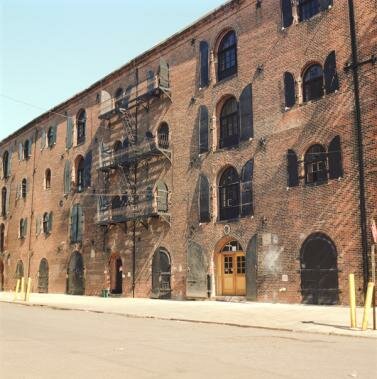

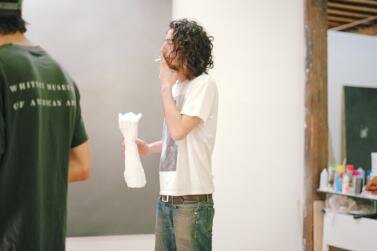
end








